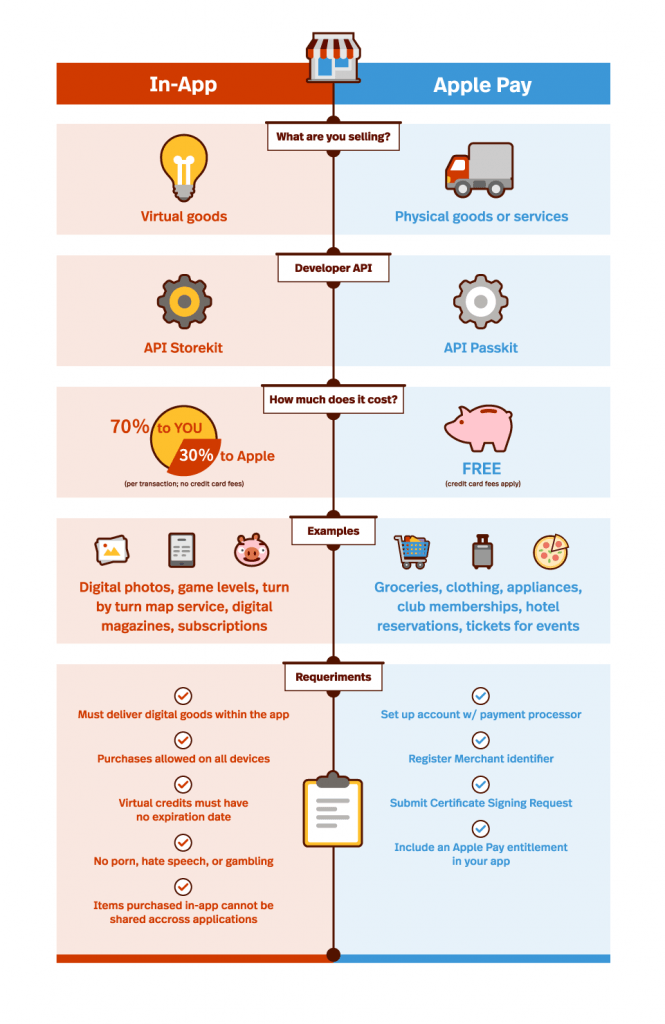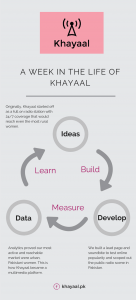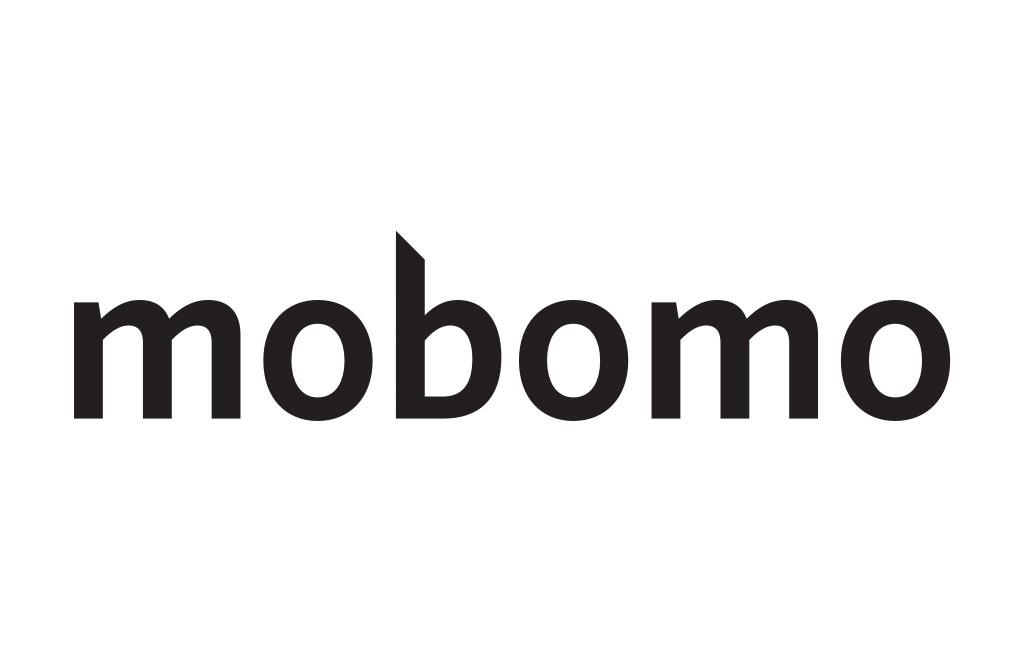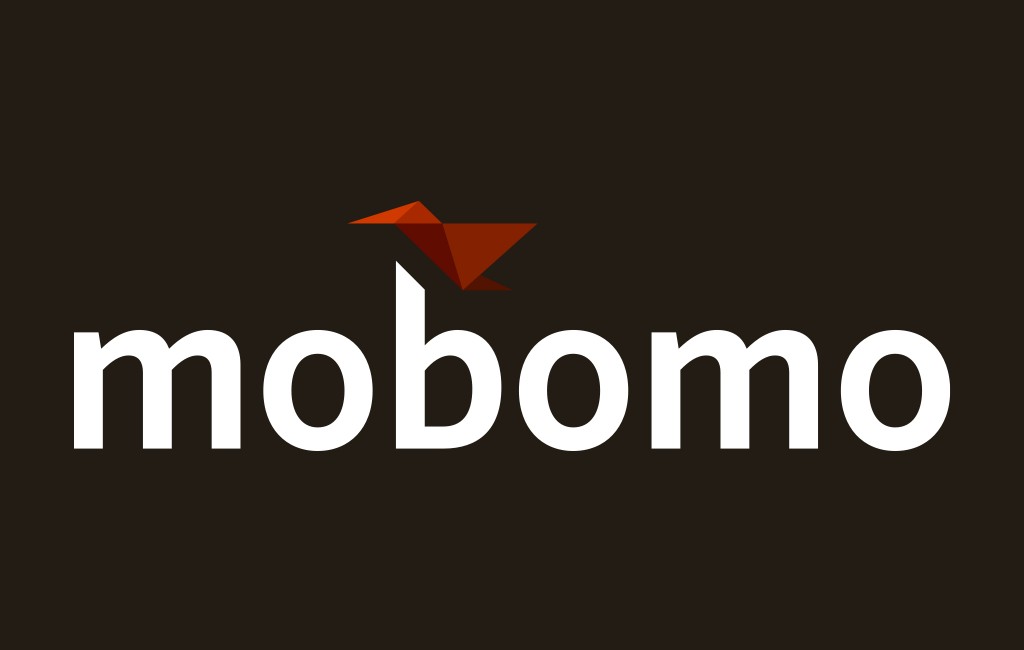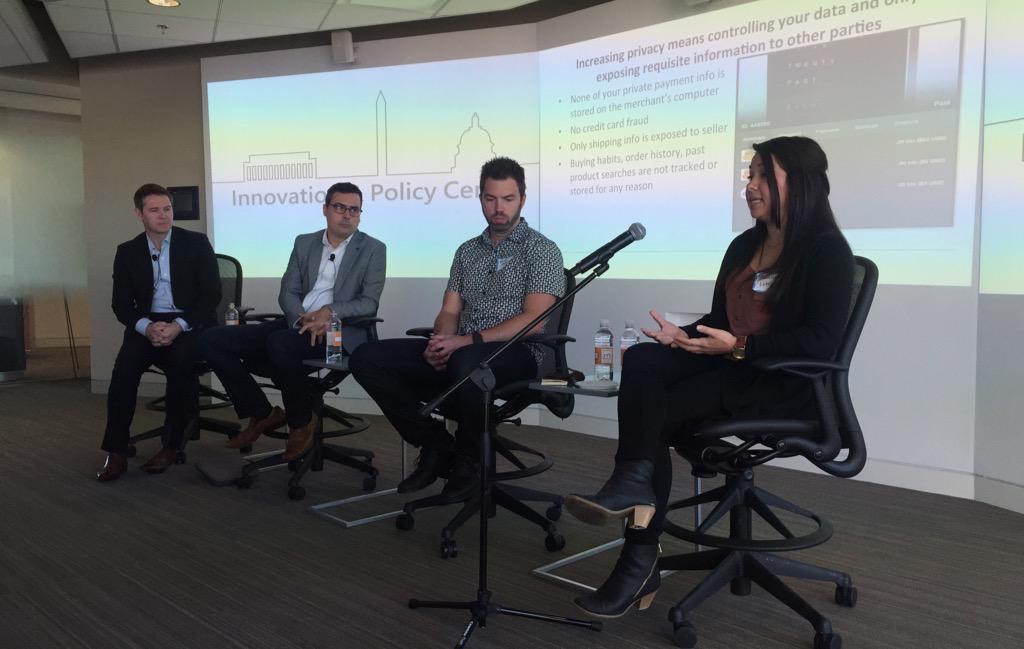
For the last eight years, I’ve been doing the design thang, working with companies ranging from a two person team to a large open floor creative group. Adjusting to these various structures was second nature, and not something I ever gave much thought to until now.
With the recent merger of our two design teams - Intridea and Mobomo - a unique opportunity to assist in the restructure and building of our teams was brought to the table. I know this isn’t an isolated situation and the process is in no way easy!
Thus, for the greater of mankind, I will chronicle our journey; the highs, the lows, and everything in between! I’m shooting for a four part series, breaking each post into specific topics: structure, process, tools, and culture.
Structure
I went bananas scouring articles on best practices, must haves, and shit you never do! Everyone has their own “right way” to structure a team - some work, most don’t. And while the ways to structure a team are extensive, the golden ticket wasn’t really structure but specific traits that differentiated a successful from a “meh” team.
Now, like anything, if you don’t establish a solid platform - that jenga tower is gonna fall! So let’s ask a few questions:
- What are the key roles?
- What kind of team do you want? Singular focus, multi disciplined, elusive unicorn?
- What is the goal of your team?
What Are the Key Roles?
As mentioned above, I’ve worked in an array of team structures, but what’s been most effective, not only in my career, but in my research, was that of a “traditional” formation. One involving directors at the top, followed by senior leaders who then oversee the junior level folks. Why does this approach work? There’s a funnel, a singular route of communication, and a cascading approach to mentorship.
Directors drive their team to ask the tough questions; pushing them to think in a different direction, from a different angle. You know never know if the problem you’re solving is the right one, until you ask “why”.
Senior designers are your battle hardened troops, the ones who can articulate and defend their position on a specific choice with facts and rationale. They’ll choose right, over right now, and will fight for what’s correct. They’ll also help mentor and develop junior designers, guiding them to make smart choices and back up their own decisions.
Junior designers will eventually take over the reigns for their senior counterparts, so it’s vital that they learn and develop the key attributes that will make them good mentors one day. Find people with the qualities your company values: hire slowly - fire quickly.
What Kind of Team Do You Want?

Now that we’ve figured out who to hire, we need to establish what kind of team we want. Should our team of designers also know code? Eat and breath exceptional design, and only design? Or should we focus on a strictly UI design team?
What I’ve seen, and what I’ve read, all seem to point to the same thing, diversity! Find folks who bring different strengths to the table and push one another to do amazing things. Though, I should say, there are some must have skills each designer needs:
- Be a problem solver, and enjoy it
- Possess a great sense of visual design
- Able to identify great work
- Able to take creative feedback without taking it personally (still a struggle for me)
Most of the other attributes can be taught or learned as they progress.
What is the Goal of Your Team?
Finally, what’s the goal of your team? What are you trying to achieve? For fear of sounding like a cop out, I’d like to revisit this question in the next post. This is a new venture for all of us, and seeing as we don’t really have a team yet, I can’t say what our goal is. I do know that it will involve creating amazing work, with amazing people, but as for concrete and tangible goals: TBD.
Got any insight on team restructures? Let us know!

